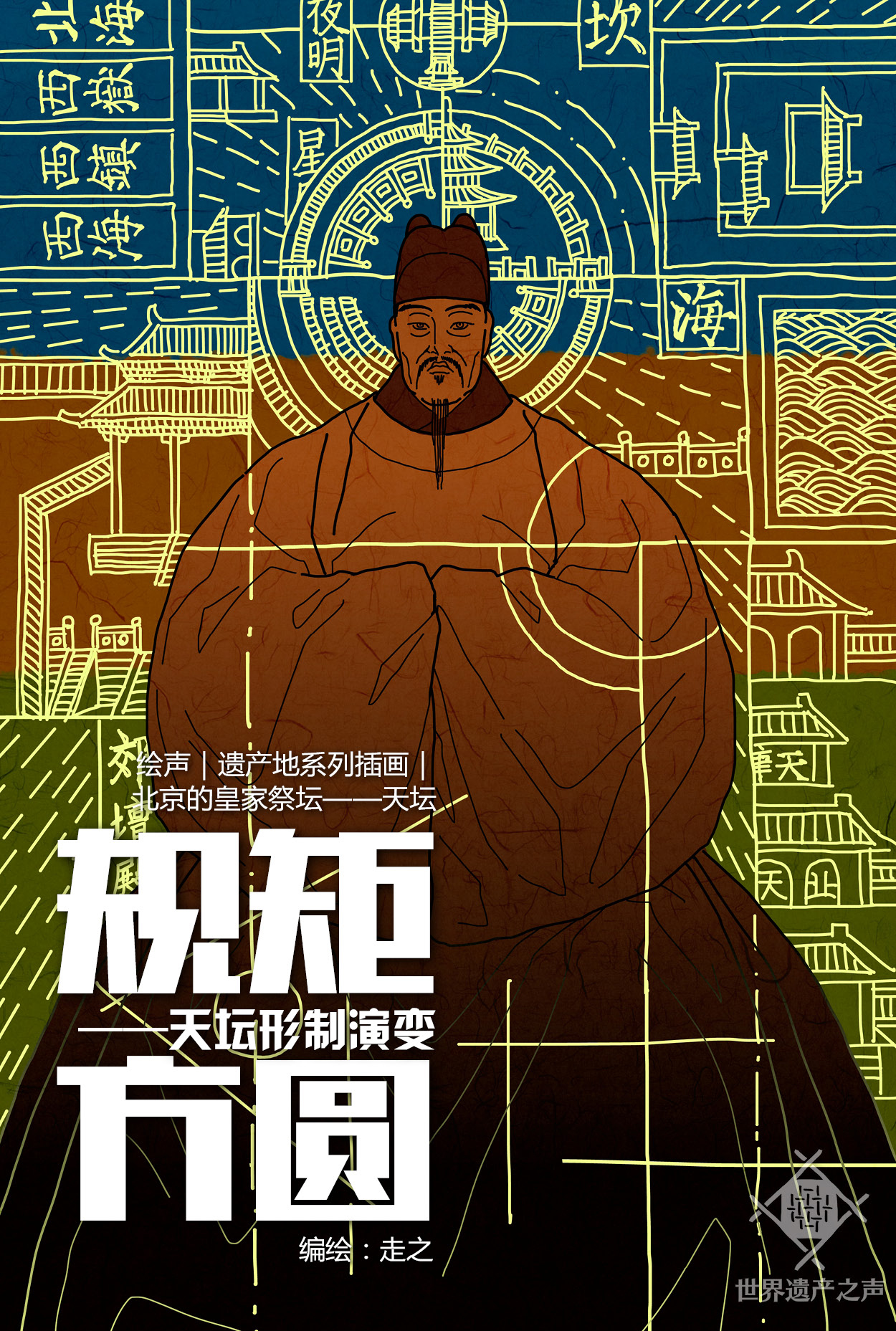
As the altar upon which sacrifices were offered to Heaven by emperors of the Ming and Qing dynasties, the Temple of Heaven is the supreme, largest and most intact relic of Chinese “heaven worship” culture. However, as a supreme ritual architectural complex, the Temple of Heaven does not have a conventional layout. For example, the central axis of the Temple of Heaven does no run through the middle of it, the Palace of Abstinence faces east, and along the central axis are placed two groups of sacrificial buildings, namely, the Hall of Prayer for Good Harvests and the Circular Mound Altar.
In the early Ming dynasty, following the old practice of offering sacrifices to Heaven and Earth in one ceremony in Nanjing, the Temple of Heaven in Beijing was first built as the Altar of Heaven and Earth, along whose central axis there was no round sacrificial building. One hundred years after the construction of the Altar of Heaven and Earth, Emperor Jiajing reformed the sacrificial system, putting an end to the altar form determined by Zhu Yuanzhang, making the Temple of Heaven a place only used to offer sacrifices to Heaven and determining the layout of three round buildings in two groups on the central axis of the Temple of Heaven, namely, the Hall of Prayer for Good Harvests, the Imperial Vault of Heaven, and the Circular Mound Altar.






